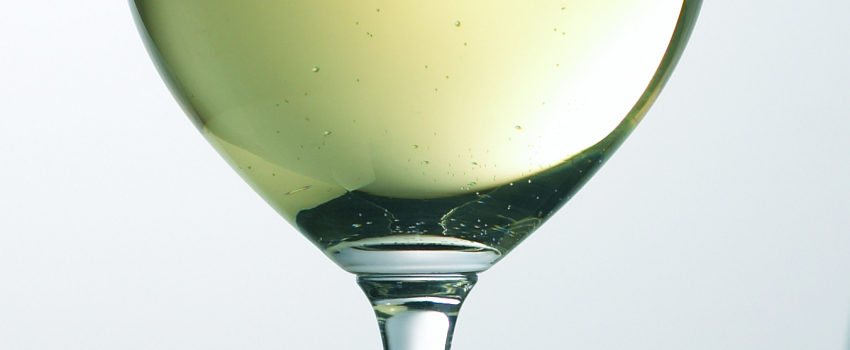
Producing white wines with high concentrations of diacetyl
Publiée le 06/08/2019 15:49Certain wine consumers appreciate white wines rich in diacetyl which confers buttery and very complex notes to white wines.
Lactic acid bacteria (LAB) are well known for their ability to produce diacetyl (2,3-butanedione), an intensely aromatic diketone that is characterized by a buttery, nutty aromas. A new LAB has just been released by Lallemand Oenology, which is a Malolactic Culture Butter Bomb.
MLF and diacetyl production
The most common wine LAB currently in use is Oenococcus oeni and many strains of this microorganism are available on the market today. Apart from conducting and securing the malolactic fermentation (i.e. producing lactic acid as a major end product of sugar catabolism), it is now well-known that Oenococcus oeni can affect the organoleptic profile as well as the body and texture of wine. Some common terms used to describe the positive effects of MLF on white wine flavor are nutty, toasty, or buttery. These descriptors can be attributed to the production of flavor-active compounds, or to the modification of existing flavor components. In addition, the body of the wine can be affected, making it softer and richer.
Although small quantities of diacetyl (0.2 to 0.3 mg/L) can be produced by the alcoholic fermentation of yeast, subsequent increases in diacetyl content are typically associated with the growth of LAB and malolactic fermentation (MLF).
The aroma threshold of diacetyl in wine is low (0.2 to 2.3 mg/L) and is dependent on wine type. Depending on the style and type of wine, the production of low amounts of diacetyl (1 to 4 mg/L) contribute a buttery sensory character and are considered desirable. Diacetyl is produced by Oenococcus oeni as an intermediate in the metabolism of citric acid. In this pathway, the intermediate, pyruvic acid, is reductively decarboxylated to diacetyl via a-acetolactate. Since diacetyl is chemically unstable, it can be further reduced by active cells of O. oeni or by yeast to less flavour-active end products, the keto-alcohol acetoin and the diol, 2,3 butanediol (Ramos et al. 1995, Bartowsky and Henschke 2004, and Bauer and Dicks 2004).

In white wine production, and notably in Chardonnay or Pinot blanc, MLF is usually used to confer a greater organoleptic complexity to wines. Recent research has begun to explore the effects of MLF on white wines from varied winegrowing regions. The malolactic organisms are subject to the same growth necessities in white wine as in red wine, but when they interact with the components of the white wine matrix, the products they form can vary. This is very interesting and helpful, because it can aid the winemaking community in its quest to craft a product with a unique, pleasing and characteristic organoleptic profile.
Malolactic Culture Butter Bomb
In recent years, Lallemand Oenology participated to a project in the frame of the European CRAFT in Fair program on wine lactic acid bacteria diversity. During this program and following an extensive screening, a new wine bacteria was selected: Lalvin MCBB™. Lalvin MCBB™ (for Malolactic Culture Butter Bomb) is a robust wine bacteria strain able to grow quickly and achieve reliable MLF under a broad range of winemaking conditions, as it was demonstrated during numerous trials around the world.
What makes it unique is that it is able to produce very high concentrations of diacetyl when inoculated at the end of alcoholic fermentation. It expresses buttery notes, enhances fruity aromas together with an ample and rich mouthfeel and confers great aromatic complexity to white wines.

For more information, please visit our website or read our booklet on malolactic fermentation


